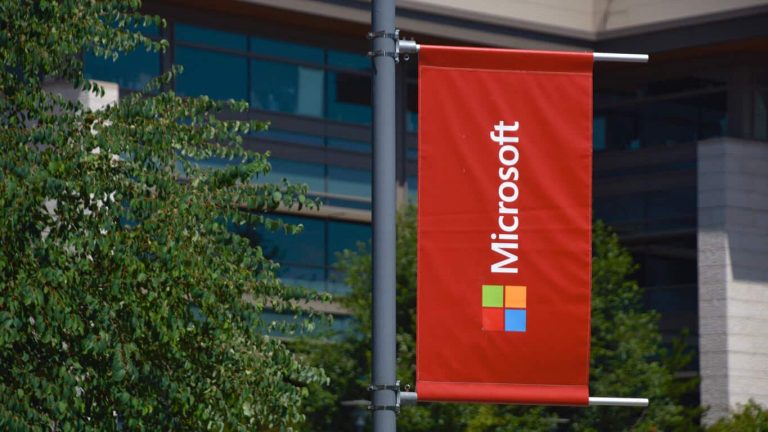Since its inception in 1991, Microsoft Research has remained more or less distinct from Microsoft’s product and services. The research arm of the technology company was intentionally set apart from direct and immediate corporate ambitions. The goal of this was to create a more academic environment for researchers who could create innovations and revolutionary technology without the looming drive and fear of how their project could be marketed for a profit.
The trade-off of this approach is research projects are slower to be realized as commercial products and services, if ever, since the project’s inception occurs without the company strategy in the immediate forefront. While this longstanding desire to keep the R&D labs at a distance from commercial activity served as a noble example for researchers to have more free reign over their creative endeavors, it also does not keep with the times in most large tech companies.
Today, many tech companies blur the lines between traditional R&D and new product development. Google, for example, is famous for their well known 70-20-10 rule, where up to 30% of every employee’s time is open to work on non-core business tasks. The result was the company’s everyday engineers invented services like Gmail; not because of some siloed R&D division’s efforts, but because of more open collaboration between researchers and employees on their own initiative.
An as Dina Bass and Jack Clark of Bloomberg report, this reality has not been lost on Microsoft’s CEO Satya Nadella. Bass and Clark detail in their report how Microsoft has been changing the way its research arm operates to bring the next great idea into the consumer’s hands faster. It started simply as soon as Nadella took the reigns. At his very first executive retreat in February 2014, Nadella was shown a Microsoft Research project that translated live conversation in near real time using speech recognition and artificial intelligence.
Nadella was immediately impressed by the project and set the goal to integrate it with Skype within three months for a demonstration in his first public speech. This left product teams scrambling to implement Nadella’s requests as Lilian Rincorn, Skype group program manager said:
“We did not have a formal team working on this when he made that statement.”
But the team pulled it off and now we have Skype Translator which enables people speaking different languages to (for the most part, and sometimes comically) communicate with each other from around the globe. It’s not a perfect technology yet, but it is clearly a potential game changer that is now being used in general release and available to all. In another sign of changing times for Microsoft, Translator can even be used on the Apple Watch to enable real time translation from your wrist with just the press of your finger.
The effort to bring Skype Translator online quickly was just the beginning. As Bass and Clark note in their article, since then, the traditional walls between Microsoft Research and the rest of the company have been actively brought down more and more. In September 2014, about half of the some 2,000 person research staff was reassigned to new company group called MSR Next. This new research group is focused on developing innovations which will have more impact on the company’s core businesses instead of research for research’s sake. The other half of the research staff is also being stretched to find more uses for their projects in the company’s core businesses.
The results of this cultural shift for Microsoft Research have already poured over into reinventing Office and Bing, and introducing new hardware like HoloLens. Most recently, Cortana will be getting an upgrade thanks to collaboration between Cortana’s team and Microsoft Research. Microsoft’s digital personal assistant will now be able to automatically create reminders for tasks you agree to in emails with a boss or colleague; as well as learn when usual work schedule and bring to your attention when meetings are setup outside of your usual time frame so you do not forget the out of the ordinary appointment.
The change in how the rest of the company relates to its research arm is a part of Satya Nadella’s bigger push to be open to new ideas. As Ed Lazowska, a member of Microsoft Research’s advisory board, said:
Part of Satya’s mantra is, ‘We need to be open to new ideas, and Microsoft Research is where they will come from.’
Microsoft is certainly open to new ideas since Nadella took over. From a warmer embrace of open source projects like GitHub and Node.js, to making their own projects like ChakraCore for Edge and the Computational Network Toolkit open source, to prominently bringing Office and other Microsoft services to iOS and Android. With a new imperative for Microsoft Research, new ideas can be more quickly identified as having an impact on their business and brought to market quicker. Hopefully, this change in direction for Microsoft Research will give researchers greater incentive to create impactful ideas, and Microsoft will gain a competitive edge by leveraging the innovative prowess of its R&D branch.


